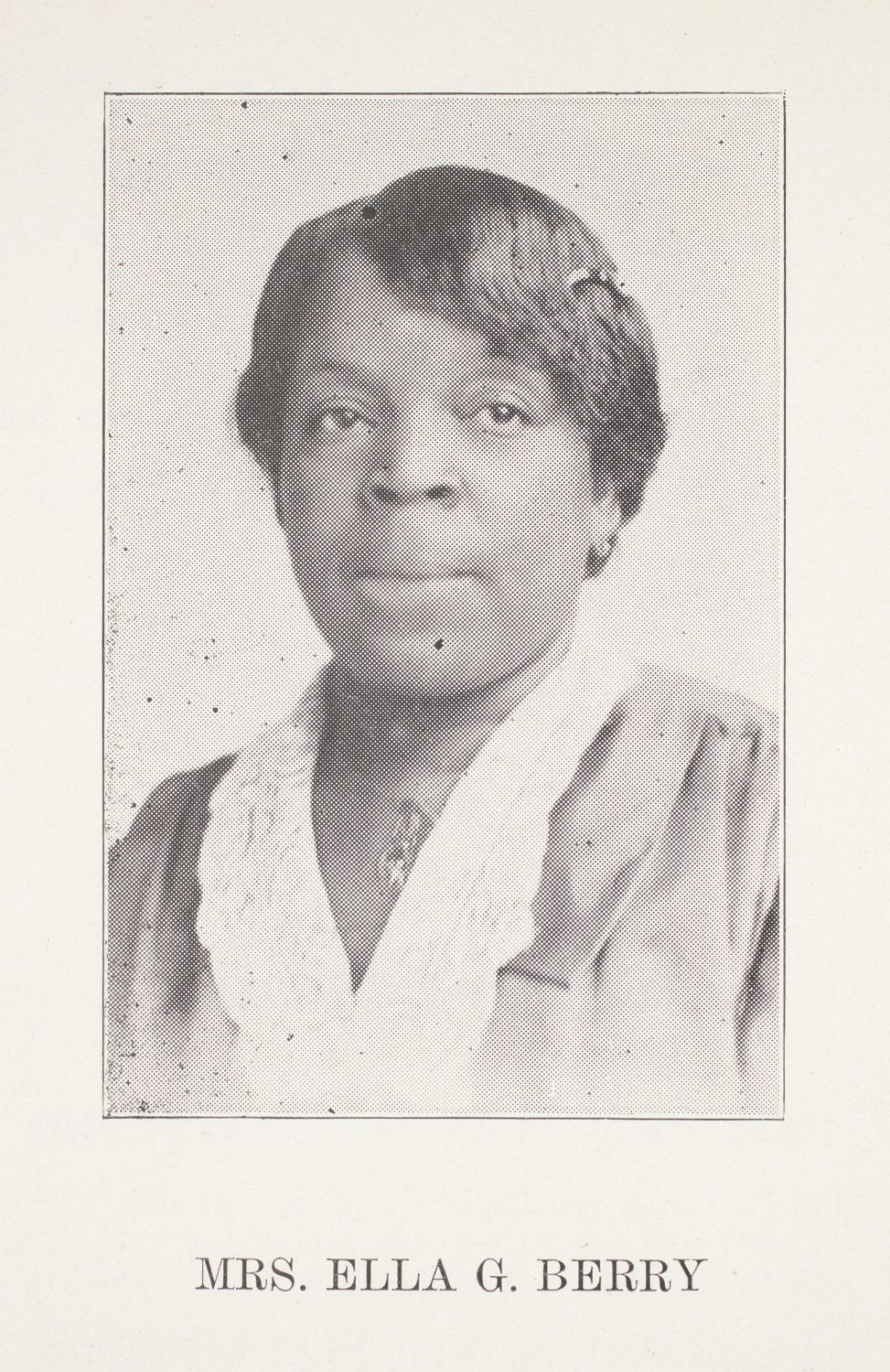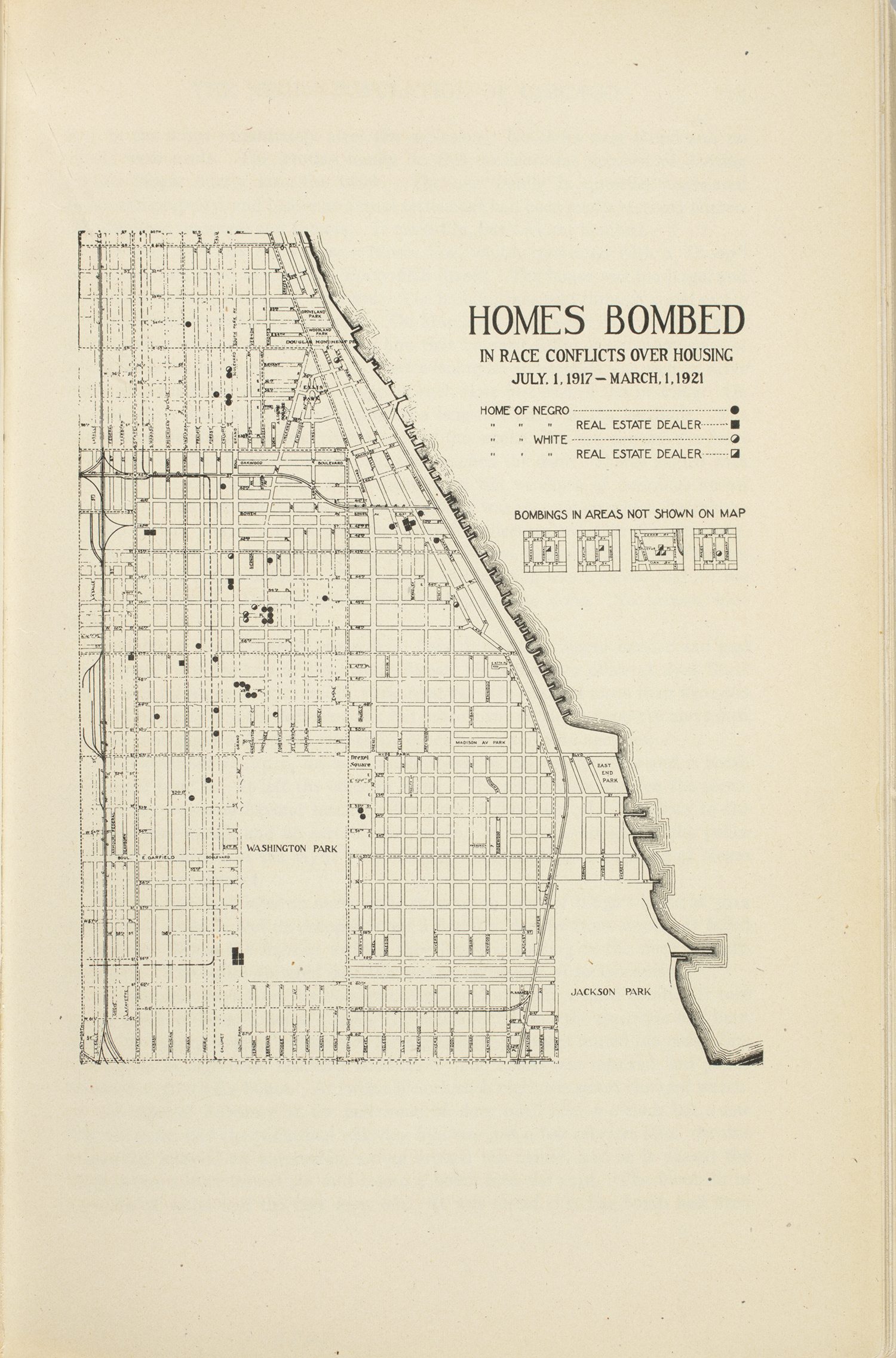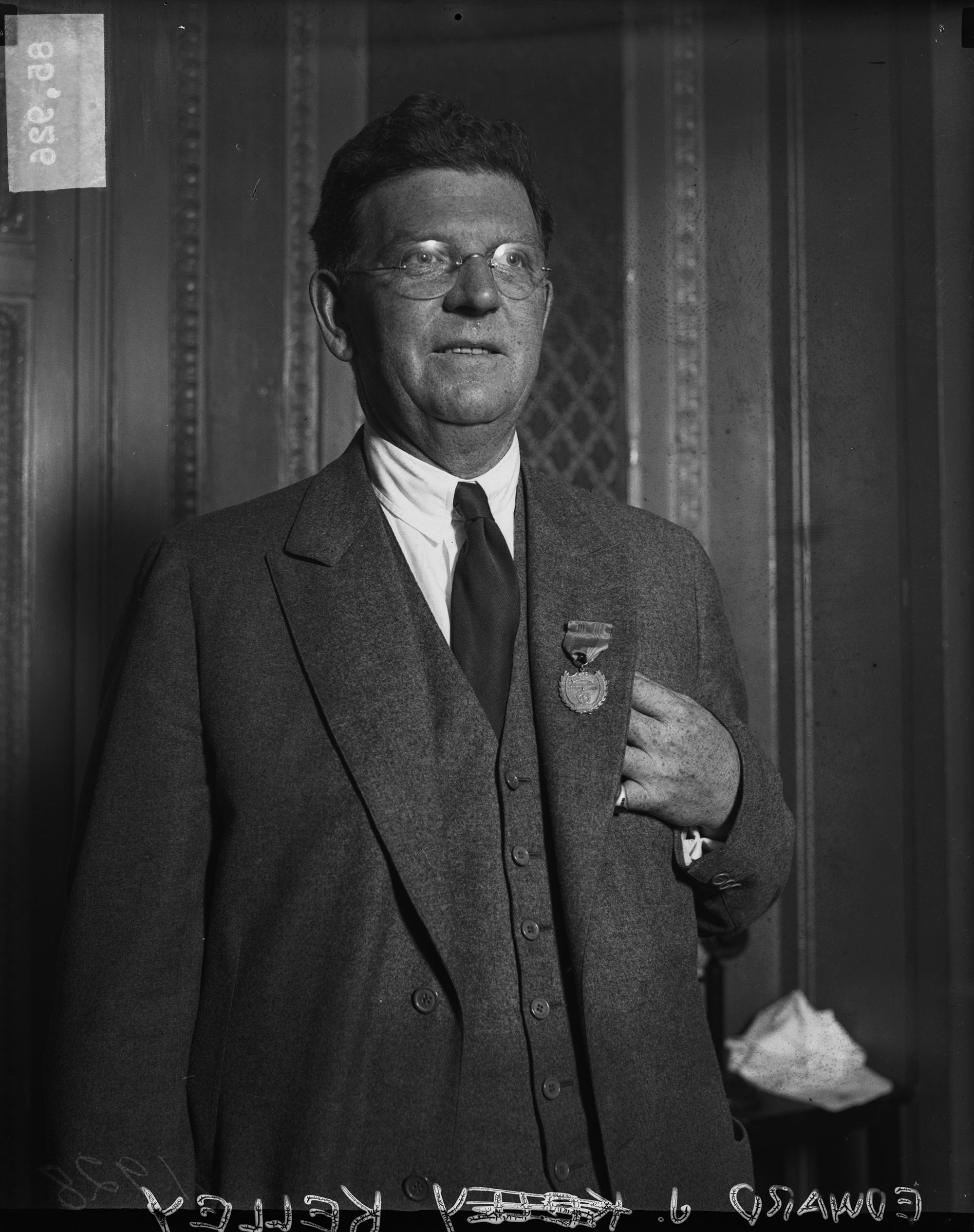
Portrait of Ella G. Berry. Published on in The Story of the Illinois Federation of Colored Women’s Clubs 1900–1922 by Elizabeth Lindsey Davis, 1922. CHM, ICHi-177302A
Ella Berry was born Ella Tucker in 1876 in Stanford, Kentucky. Little is known about her father, Dave Tucker, but in 1870, her mother, Matilda Portman, was working as a live-in domestic for a white family. By the 1880s, Matilda had enough to purchase a small piece of property and temporarily stopped working in white households. She had six children—Ella, her sister Maggie, and four sons, who contributed to the family income as laborers. By 1884, Matilda began to relocate the family to Louisville, which is where Ella attended school.
Ella completed high school in Louisville and became involved in Black social organizations in the city. Around 1896, she married William Berry, but by 1900, Ella sought a divorce. When she migrated north after her mother’s death in 1902—first to Cincinnati, then to Chicago in 1907—she presented herself as married or widowed, likely to avoid the stigma of divorce. Ella held several government jobs in Chicago—including as an investigator for the Chicago Commission on Race Relations after the 1919 race riot and a home visitor in the Department of Public Welfare.

Map of homes bombed in racial conflicts over housing, July 1, 1917–March 1, 1921, published by the Chicago Commission on Race Relations. CHM, ICHi-177153
Ella was active in electoral politics. While living in Kentucky, Ella witnessed southern Democrats’ creation of Jim Crow laws and efforts to prevent Black people from voting. This shaped her view of the importance of African Americans’ collective voting power and her support for Republican candidates in the 1910s and ‘20s, as the Republican Party in the past had used federal power to protect civil rights for African Americans in the South.
After Illinois women were granted partial suffrage in 1913 to vote for local offices and in presidential elections, Ella canvased for Republican candidates. In 1914, she joined Chicago’s Second Ward Political Equality League to rally support for a Black independent Republican city council candidate. In the 1916 presidential election, Ella organized Black women to support Republican Charles E. Hughes, who was challenging incumbent Woodrow Wilson, whose administration increased discriminatory and segregated hiring practices in the federal government.
Ella was also active in local women’s clubs and national fraternal organizations. She joined the Cornell Charity Club in 1913 and had a parliamentarian role in the Illinois Federation of Colored Women’s Clubs. She was also active in the United Brothers of Friendship and Sisters of the Mysterious Ten, the Order of the Eastern Star, and the Improved Benevolent and Protective Order of the Elks of the World.

Chicago mayor Edward J. Kelly, Chicago, 1928. DN-0085926, Chicago Sun-Times/Chicago Daily News collection, CHM
By the mid-1930s, Ella was part of the voting realignment of African Americans to the Democratic party, and she canvassed for Democratic mayor Edward Kelly’s reelection bid in 1935. When she died in Chicago in 1939, she was eulogized by multiple community leaders, which showed her impact in civic and political life in Chicago.
Further Reading
- Online experience: Democracy Limited: Chicago Women and the Vote
- Lisa G. Materson, For the Freedom of Her Race: Black Women and Electoral Politics in Illinois, 1877–1932 (Chapel Hill: University of North Carolina Press, 2009).
- Wanda Hendricks, Gender, Race, and Politics in the Midwest: Black Club Women in Illinois (Bloomington: Indiana University Press, 1998).